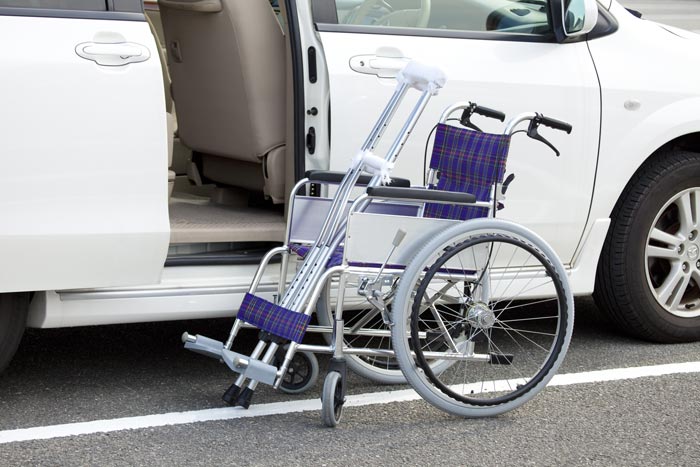 November 14, 2019 - By : admin
November 14, 2019 - By : admin
What is non emergency medical transport and how can it benefit you
Healthcare services are essential to every segment of the population. But some of our more fragile populations face transportation challenges to get to their essential medical appointments. Some must rely on family and friends or local community organizations to transport them. If these options become limited, Non-Emergency Medical Transportation (NEMT) can fill in the gap.
It’s not only the vulnerable portion of our populations that can be affected. We could also be talking about someone who’s normally healthy enough to get around but maybe temporarily waylaid by an acute injury or surgery. Post-surgical patients aren’t allowed to drive until cleared by their healthcare provider, even if the surgery didn’t involve limbs or hands. Since surgery weakens muscles needed for driving a vehicle, and post-procedure pain medication may make driving illegal and unsafe, alternative arrangements need to be made. After all, getting to follow-up appointments is often crucial to recovery. If you can imagine trying to board a public bus with a cast on your leg and arm, you probably see the types of challenges some riders might face. For many, driving their own car is out of the question. For these and many other challenges, NEMT is the answer.
HOW DO WE DEFINE NON-EMERGENCY MEDICAL TRANSPORTATION (NEMT)?
NEMT can be defined as a transportation service provided to individuals who are not in an emergency situation but need more assistance than a taxi service is able to provide. Service providers will be specially equipped to transport riders in wheelchairs, stretchers or with other special needs.
Non-emergency medical transportation (NEMT) services are most often provided by booking travel through transportation brokers via specialized software which locates available transport providers and schedules the appropriate trip after the brokerage has verified eligibility for them to ride based on funding rules. Medicaid will sometimes pay for this type of service but not everyone has Medicaid coverage. In other cases, state and local programs, departments of aging, and hospital systems will fund NEMT transportation. With many demands on the public purse, these funders understand that it’s less expensive to provide the necessary transport to keep a person healthy than to treat them later once their medical issues have worsened.
 November 14, 2019 - By : admin
November 14, 2019 - By : admin
Leave a comment